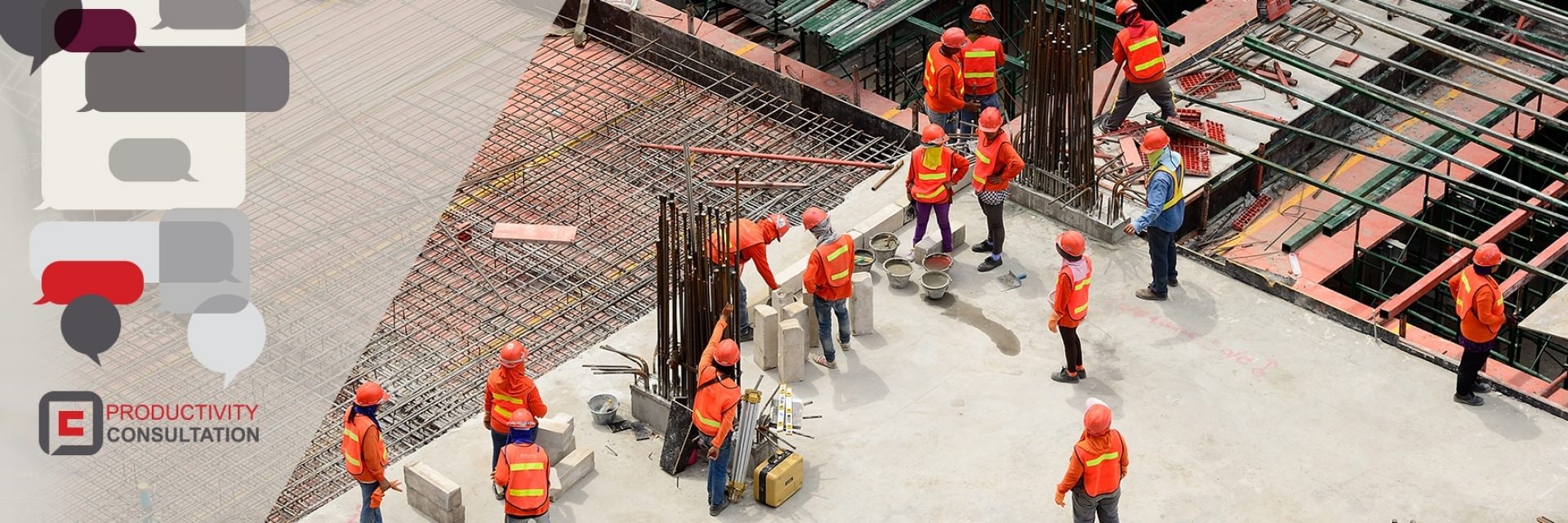Construction tool terminology
Understanding construction terminology can be useful when selecting what equipment you need. Here are some examples:
- Hand Arm Vibration Syndrome (HAVs): The main concern posed by exposure to vibration. Commonly manifesting as vibration white finger or carpal tunnel syndrome, it’s caused by the transfer of vibration through a worker’s hands and arms, in as little as 6 months.
- Exposure Limit Value (ELV): The maximum amount of vibration an employee can be exposed to on a single day.
- Exposure Action Value (EAV): A daily amount of vibration exposure above which employers are required to take action to control exposure.
- Active Vibration Reduction (AVR): A technology that addresses regular long-term exposure to vibration.
- Active Torque Control (ATC): Advanced sensors and a motor brake help reduce kickback, by stopping the tool body from spinning uncontrollably if a drill bit snags on rebar (or other hidden materials).
- Dust Removal Systems (DRS): A system used alongside tools to remove harmful dust, which is efficiently collected with high-performance vacuum cleaners.

